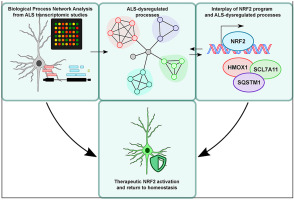Elsevier,
Free Radical Biology and Medicine, Volume 173, September 2021
There is an urgent need to endorse a protective therapy for ALS patients. Possible treatments might be based on the underlying molecular pathophysiology. Some of the ALS dysregulated routes could be targeted by a single hit in NRF2. NRF2 emerged as a druggable target in preclinical and clinical trials for ALS.
Elsevier,
Environmental and Sustainability Indicators, Volume 11, September 2021
Scientists and governments of South Asian countries can work together more efficiently in the future, not just to react to the urban socio-economic and environmental problems of today, but work with superior foresight today to make strong decisions for tomorrow.
Elsevier,
Mitochondrion, Volume 60, September 2021
Mitochondrial myopathy (MM) encompasses a clinical heterogenous group of patients that can be difficult to diagnose. This article investigates whether changes in plasma lactate concentration during a 6-minute submaximal handgrip test (6MHGT) and a 20-minute post-exercise recovery period can be used as a diagnostic test for MM.
Elsevier,
EClinicalMedicine, Volume 39, September 2021
An article on the detrimental effects of COVID-19 isolation on the cognitive and mental health of people with dementia, in the context of SDGs 3 and 10, highlighting the need for guidance that balances infection control measures with principles of non-maleficence to appropriately care for this patient group.

